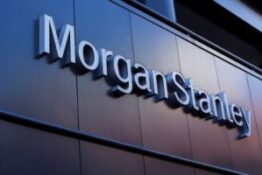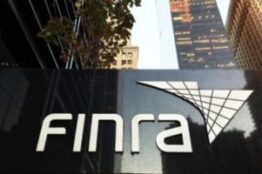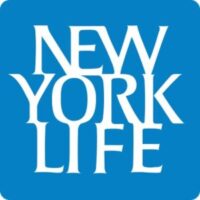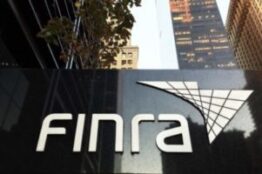
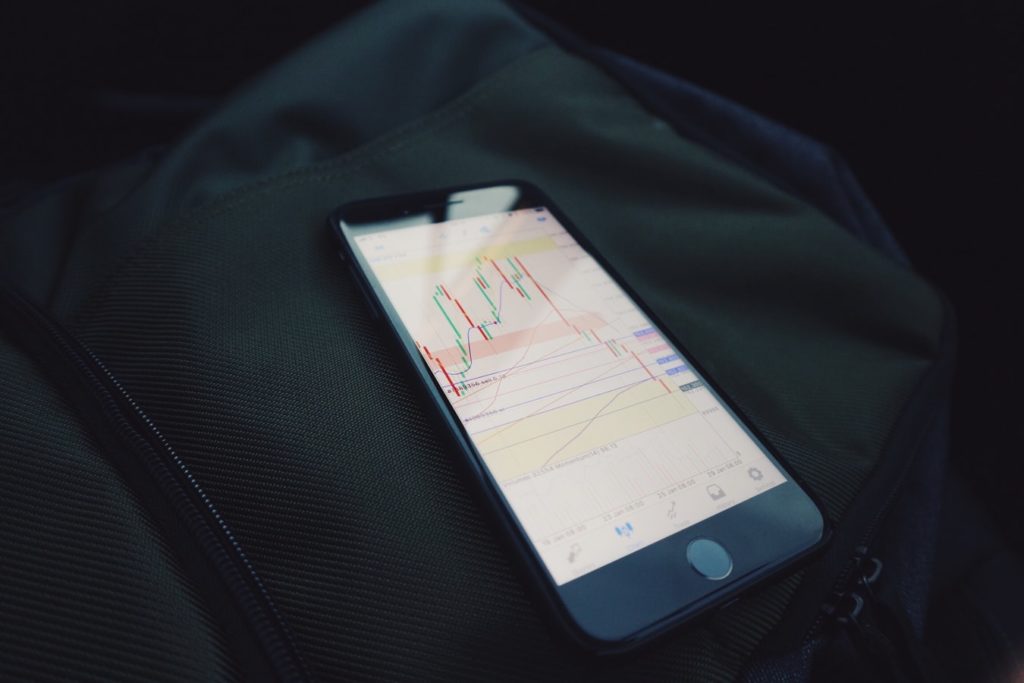
By: Dana N. Pescosolido
Overall win rates for the first six months of 2017 are consistent with the past, but All-Public Panels gave awards to Claimants more often than in the past, and almost twice as often as did Majority-Public Panels. Recovery Rates are running higher this year, with compensatory awards averaging 63% of the compensatory claims.
In negotiating settlements in FINRA customer arbitrations, it helps to understand how panels have been deciding cases. In the first six months of 2017, customers who were represented by counsel and who tried their cases to award before All-Public Panels fared significantly better than they did in 2015 and 2016, both as to their “win rate” and their “recovery rates.” Historically, we saw that they won about 50% of their cases, and when they did, they won about half of what they were asking for, on average. But so far in 2017, All-Public Panels have been more generous. Whether this pattern will persist for the full year remains to be seen.
Three-Member Panels
In the first six months of 2017, Claimants won “something” in 51% of the cases (44 of 86 cases) that were fully contested on the merits to three-member panels and where the Claimant was represented by counsel. That figure is exactly the same as was observed in 2016. However, for the first time since we have been studying FINRA customer arbitration awards, we see a big difference in the “win rates” of All-Public Panels vs. Majority Public Panels. Granted, the number of cases is small, and the percentages can change dramatically once the full-year tally is done, but
All-Public Panels in the first six months of 2017 awarded Claimants money in 59% of the fully contested cases where the Claimant was represented by counsel (37 of 63 cases). That is the highest “win rate” we have seen since we began studying awards in 2015. Majority-Public Panels, however awarded Claimants money only 30% of the time (7 of 23 cases). That is the lowest “win rate” for Majority Public Panels since we started tracking awards.
This represents a bit of a reversal of last year, when Majority-Public Panels actually granted monetary awards more often than did All-Public Panels (55% to 50%). In 2015, All-Public Panels and Majority-Public Panels granted monetary awards equally often (in 55% of cases).
In order to put this six-month statistic in better context, from the time we began studying these awards (from January 1, 2015 to June 30, 2017, a total of 428 cases) Claimants have “won” something in 54% of cases decided by All-Public Panels (160 of 298 cases) and in 51% of cases decided by Majority-Public Panels (66 of 130 cases). Thus, the 30% “win rate” in the first six months of this year for Majority-Public Panels may just be an aberration, and perhaps the second half of the year will see a reversion to the mean.
Sole Public Arbitrators
In cases decided by Sole Public Arbitrators, we see a continuation of past patterns. When a hearing was held, Sole Public Arbitrators in the first half of 2017 awarded damages 50% of the time (9 out of 18 cases). But when the case was decided “on the papers,” the “Win Rate” for Claimants dropped to 27 percent – and that is for cases where the Claimants were represented by counsel.
However, Sole Public Arbitrators – when they did award money – were more “generous” than three-member panels. Claimants who did manage to win cases decided on the papers won, on average, 83% of their Claim.
Polarization (all or nothing awards) continued to characterize cases decided by Sole Public Arbitrators. Whereas 60% of cases decided by three-member panels were “all or nothing” cases, 78% of cases decided by Sole Public Arbitrators were “all or nothing” awards. And because the “Win Rates” for Claimants were so low in cases decided by Sole Public Arbitrators, there were a lot more “zero” awards than there were full recoveries. Stating the converse of this statistic, 40% of cases decided by three-member panels found some middle ground for the award, while only 22% of cases decided by Sole Public Arbitrators did so.
“Average Recovery Rates” and “Total Recovery Rates” have been higher so far this year, at least for cases decided by three-member panels.
Average Recovery Rates
The Average Recovery Rates in the first half of 2017, for both All-Public and Majority-Public Panels – are significantly higher than we saw in 2015 and 2016. Regardless of panel composition, Claimants – when they did win – won compensatory damage awards averaging 63% of the compensatory claim. That is significantly higher than the ranges we observed in 2015 and 2016 (a low of 42.3% for Majority Public Panels in 2015 to a high of 51% for All-Public Panels in 2016). Granted, we are only talking about 44 awards so far this year, and it is too early to declare any trend here, but when we look at the scatter of observations, we are seeing significantly fewer recoveries at the low end of the scale, and relatively more at the higher end. For all three-member panels, of the 41 awards where we could calculate a percentage recovery (in three of the 44 cases the amount claimed was unspecified), 28 of the awards (68%) were for more than 50% of the compensatory claim, while only 13 were for less than half. Twenty of the 41 observations were for more than 75% of the compensatory claim. In 2015 and 2016, we observed more of a 50-50 ratio, meaning that about half the awards were for less than half of the claim and half were for more. Again, we may see a reversion to the mean in the second half of the year.
Total Recovery Rates
As one would expect (given the higher Average Recovery Rates), Total Recovery Rates (after accounting for the “sweeteners” discussed below) were also higher for the first six months of 2017 than they were for 2015 and 2016. After adjusting for “runaway” awards (i.e. limiting awards where the total recovery exceeded 200% of the compensatory claim to 200% (a recovery of 442% would be reduced to 200%)), the Adjusted Average Total Recovery Rates for 2015 were 62.0% for All-Public Panels and 57.4% for Majority-Public Panels. For 2016, the Adjusted Average Total Recovery
Rates were 65% for All-Public Panels and 63.1% for Majority Public Panels. In the first six months of 2017, the Adjusted Average Total Recovery Rates were 72% for All-Public Panels and a whopping (if statistically unreliable) 89% for Majority-Public Panels.
In order to provide a larger and more reliable database, we combined the All-Public and Majority-Public awards for all three time periods. In 2015, the combined Adjusted Average Total Recovery Rate was 60.3%. In 2016, it was 64.4%. In the first six months of 2017, it was 75.2%. Again, half of the year has yet to occur, but we can say that Claimants in the first half of 2017 have fared better than they did in 2015 and 2016, at least as to recovery rates. We shall see what the second half brings. (We feel compelled to note here that on July 13, 2017, after the cutoff date of this analysis, a FINRA Panel in California awarded customers in an elder-abuse case a total recovery of 728% of the compensatory claim, the highest of any case in the 2 ½ years we have been studying awards. Even “adjusting” that award to 200% would increase the Adjusted Average Total Recovery Rate for 2017 to at least 78%. Without adjusting it, the Average Total Recovery Rate would exceed 90%.)
“Sweeteners” continued to be awarded about half the time, and added significantly to the compensatory awards.
In cases decided by three-member panels, “sweeteners” (attorneys’ fees, punitive damages, non-forum costs and pre-award interest) were awarded exactly half the time that compensatory awards were given – in 22 of 44 cases. Attorneys’ fees were awarded in 15 of the 44 cases. Punitive damages were awarded in 5 of the 44 cases. Non-forum costs (usually expert fees) were awarded in 13 of the 44 cases. Pre-award interest was awarded in 12 of the cases. That’s a total of 45 “sweetener” awards in the 44 cases where compensatory awards were given, an average of two “sweeteners” per case when they were given.
The impact of “sweeteners” on the total recoveries, as in the past, was significant, but varied greatly from case to case, thus reducing the predictive value of the observations. For example, in one case, there was an award of pre-award interest of approximately $700 on an award of $19,478, adding less than 4% to the value of the award. At the other end of the spectrum, one award granted attorneys’ fees, punitive damages, and non-forum costs totaling almost $8.6 million against a compensatory award of $9.6 million, nearly doubling the award.
In the aggregate, “sweeteners” added $13.6 million to the aggregate $34.9 million in compensatory awards for the universe of 44 awards — a 39% “add on”. Attorneys’ fees awards totaled $6.83 million, or half of the aggregate “sweetener” awards, while punitive damage awards accounted for $5.76 million. Of much lesser import were pre-award interest ($689,000) and non-forum costs of $334,000.
It should be noted that $10.5 million of the $13.6 million in aggregate “sweeteners” (including $5 million of the $5.76 million awarded in punitive damages) were awarded in just 6 cases involving Puerto Rico bonds and bond funds, including the $8.6 million in “sweeteners” awarded in the large case discussed above. That leaves only $3.1 million in “sweeteners” in the 37 non-Puerto Rico cases where awards were granted. (There was one Puerto Rico case where a compensatory award was granted, but no “sweeteners” were awarded.)
For non-Puerto Rico cases in the first six months of 2017, the aggregate amount of compensatory awards was $10.5 million, and “sweeteners” for those cases totaled $3.1 million, or about 30%. While the Puerto Rico cases skew the overall “sweetener” numbers higher, they don’t do much to the overall win rates because there were so few of them, and the average compensatory recovery rate for Puerto Rico cases was actually slightly lower than for non-Puerto Rico cases. Even in the non-Puerto Rico cases, it appears that “sweeteners” bumped up total recoveries by 30%, and they still occur in almost half of those cases.
In negotiating settlements of customer cases, it is important to keep in mind that if the Claimant wins, there is about a 50% chance that he or she will also win a sweetener or two, and if that happens, the size of the award could be significantly enhanced. Each case, of course is determined by its own strengths and weaknesses, and the statistics put forth here are simply historical observations to be considered for what they are worth.
Summary
In the first six months of 2017, we have seen some continuations of well-established patterns in customer awards at FINRA, and a few divergences, such as the “win rate” in cases decided by Majority-Public Panels. Polarization and the awarding of “sweeteners” seem to be continuing as in years past. We will also be keeping our eye on the relatively high recovery rates in three-member panel cases to see if that pattern continues.
Dana N. Pescosolido is a recently retired securities litigation attorney with 36 years of experience, having represented broker-dealers, customers and registered representatives in all aspects of financial services litigation. He now offers his services as a mediator and consultant, limiting his practice to securities industry matters – customer cases, recruiting cases, employment disputes and class actions. His website can be found at www.PescoMediation.com. As always, your feedback and questions are welcome. Mr. Pescosolido can be reached by email at dnp@pescomediation.com.


